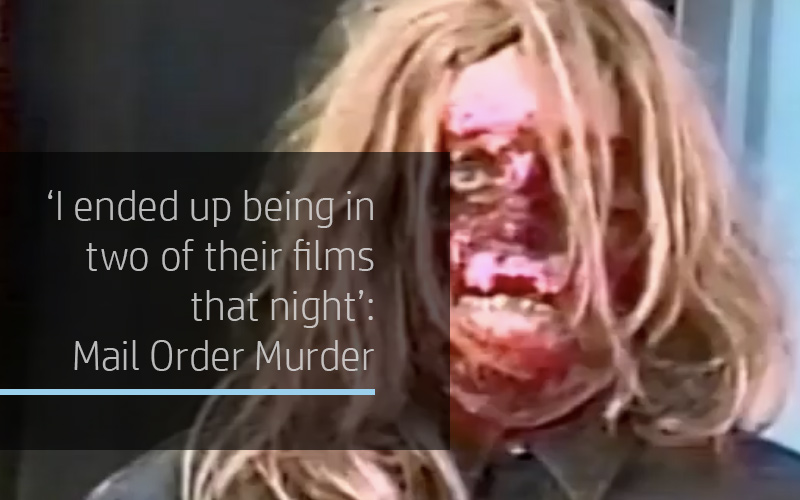
“I ended up being in two of their films that night”
“Five minutes of excitement for every five hours of boredom.”[*]
Mail Order Murder is a 2020 documentary about the rise of shot-on-video (SOV) filmmaking, specifically the story of W.A.V.E. Productions, one of the earliest companies to create and distribute horror films on video. But let’s be careful: ‘horror’ in this context is not unlike the famous adage about ‘truth’, a word said to exist only in the company of lies. This is horror but not horror as we know it. Says Mike Raso early in the documentary:
“I don’t know how to describe it because it’s hard to describe. I don’t know what I was watching.”
New Jersey. In 1987, Gary Whitson recognised the potential of video technology on the horror marketplace. He not only tapped into the nascent technology but helped to galvanise a fan community around it. This was a new breed of horror, closer to the slasher movie and 1970s sexploitation than it was Universal monsters and Hammer horror. W.A.V.E. starts as a hobby but Whitson is soon able to quit his job as a schoolteacher to concentrate on film production full-time. He boasts that W.A.V.E. was the largest independent producer of low-budget video horror in the United States. That the company is still going is astonishing.
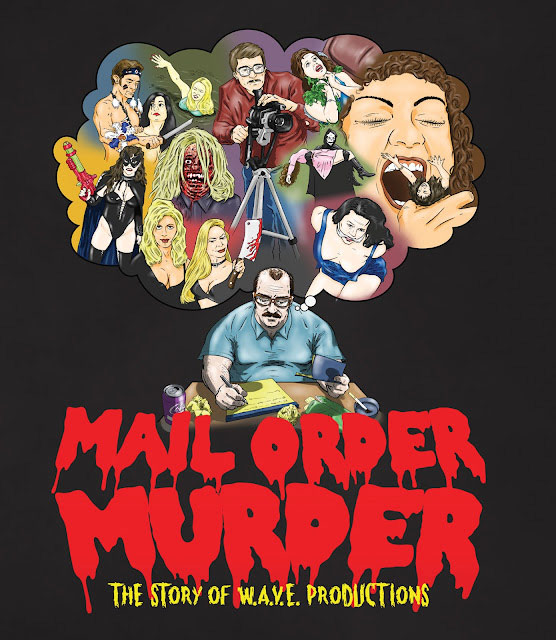
“Home-made is the best way to put it.”
Whitson’s intention was to concentrate on the exploitation aspects of exploitation movies, making the films that he would want to see and maybe people would want to buy. Some thirty-or-so years later, he is effectively still making the same movie with nothing onscreen to suggest that he has any interest in becoming adept at it. Of the 400 titles released to date, it would be fair to describe the majority as borderline competent. But W.A.V.E. have a fanbase more robust and loyal than most, and there is a naive sincerity about what they do which is refreshing.
“Why watch these movies when you could watch real movies?”
Things started to take off for W.A.V.E. in 1994, following appearances at fan conventions. At the Chiller Theater expo in New Jersey, they stood apart with a merchandise stall tended to by W.A.V.E. starlets, plus the added novelty of a VCR playing some of their movies. It’s worth noting that occasionally these films (“crap” as one commentator calls them) would appear in rental stores, and for a time micro-budget SOV efforts sat alongside multimillion dollar Hollywood blockbusters. However, no one who rented any of it would likely have come back for seconds. The market for W.A.V.E. lay elsewhere.
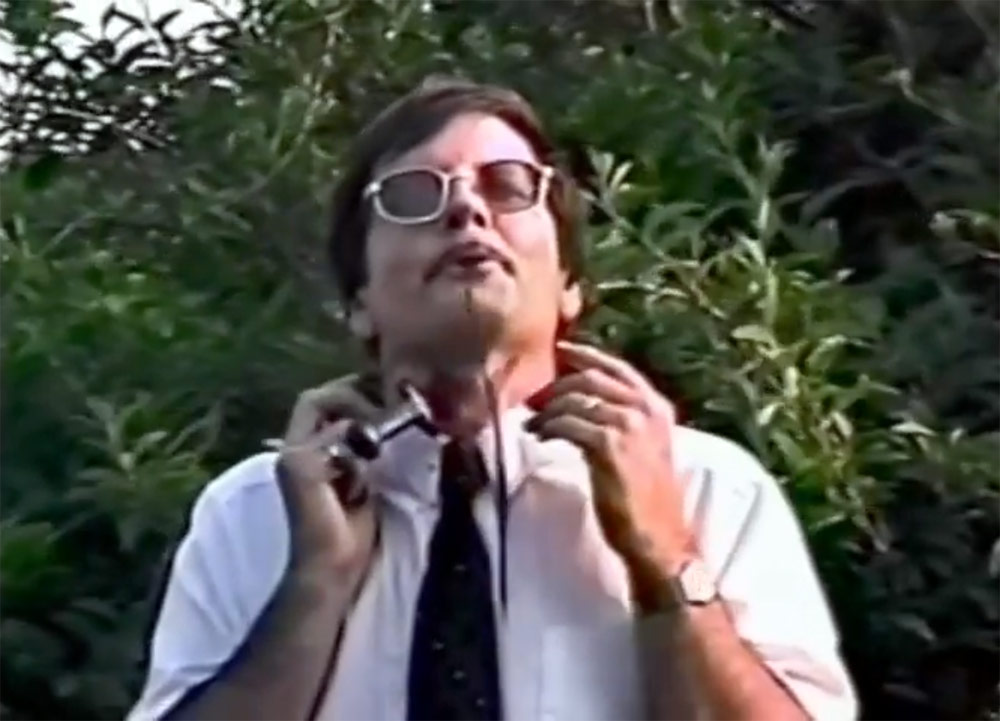
“Everyone wanted sex”
Whitson began to offer the ‘custom video’, an opportunity for customers to turn their own script, or germ of an idea, into a film. Thus the fan became the producer. The company had a roster of actress-models and would shoot a film in a matter of hours (sometimes days) whereupon the resultant videocassette would ship to the customer. I don’t know what any of these customers thought of the result, as this faction of the fanbase is absent in the documentary. Did they consider it a job well done? In a way this seems hardly the point. These are the days before the internet when everything moved along much slower. I suspect that by the time the videocassette arrived in the mail, nervous trepidation was at a fever pitch. Then comes the fumbling of the videocassette into the VCR and the snowy static at the start of the tape. Anything beyond this point is likely a bonus. Perhaps for many the videocassette itself is the trophy; the customer has become in some small way part of the exciting world of home entertainment, their original fantasy manifest onscreen and also epitomised in this shiny black shell of a sexy new technology.
There is no explicit sex or full-frontal nudity in a W.A.V.E film, but lots of everything else: wet t-shirts, rampaging Egyptian mummies, quicksand, puppet-snakes, endless passages of (unconvincing) terror and death… Discussing custom shoots, Killing for Culture describes a ‘playful attitude’ in the films produced by W.A.V.E., something lacking in the companies that adopted the custom template.
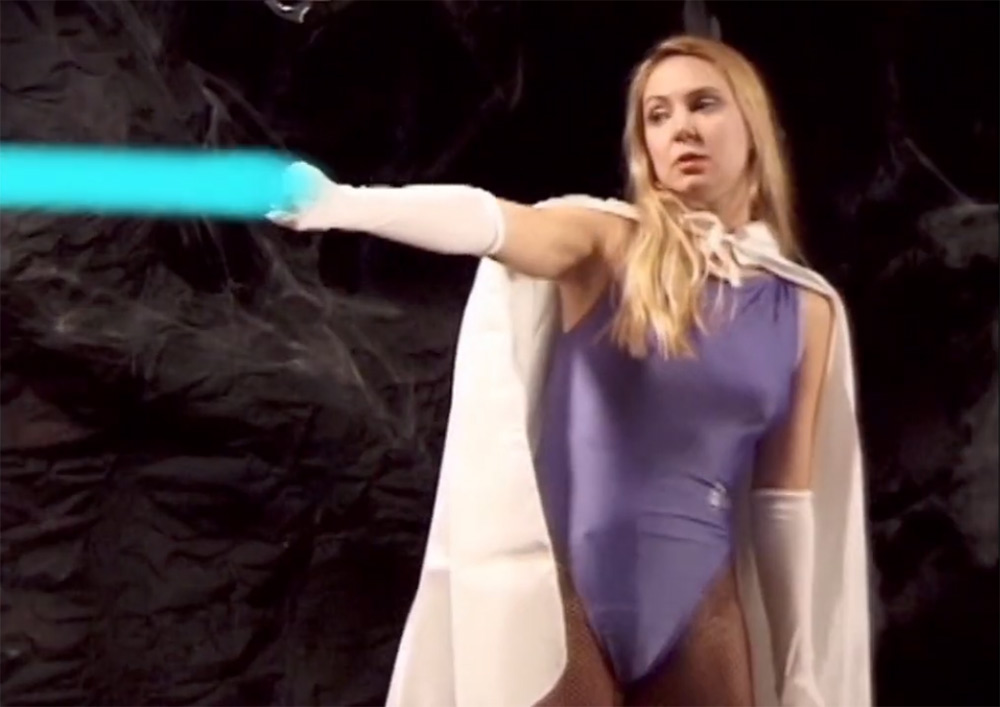
“Who dies for sixty minutes?”
W.A.V.E. never attempted to rise above their horror fetish market, and Whitson was never interested in trying to emulate legit movies. As pointed out more than once in the documentary, his films defy criticism. Says Art Ettinger,
“I’ve never seen anything else like a W.A.V.E. movie and I’ve seen a lot of fucking movies.”
Michael Gingold and Joseph Ziemba (Bleeding Skull!) are among the commentators who provide a short history of SOV. Mainstream studios couldn’t meet the demand for horror films and the result was “one of the most exciting times for video”, although W.A.V.E.’s place in the revolution leaves almost everyone scratching their head. Had he realised these films would still be around today, Whitson confesses he would have made a greater effort. But if Whitson didn’t see it, the actresses always pushed for more and wanted to be more creative.
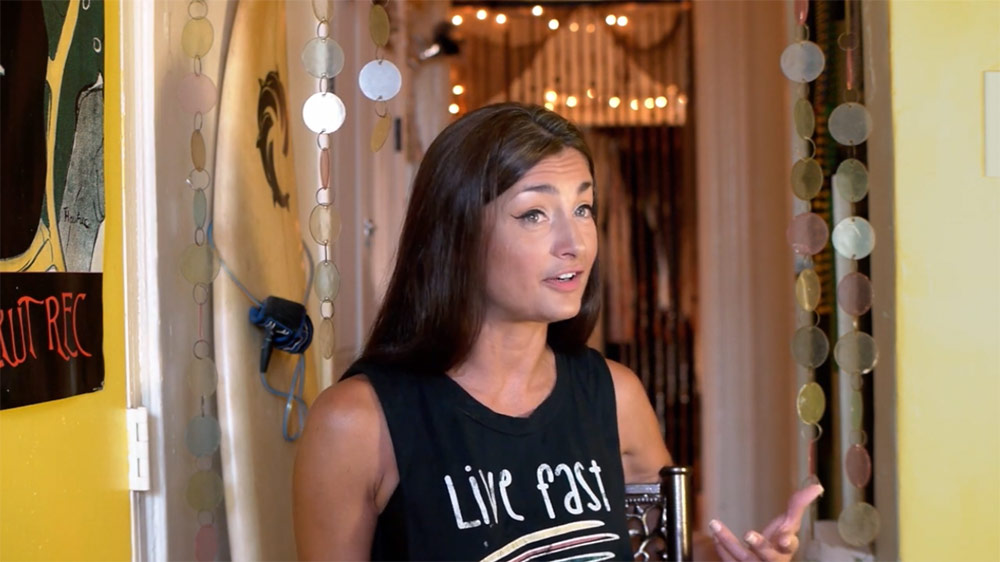
“I’m good at quicksand… I have a swimming background”
The tunnel-vision fixations of paying customers became as tiresome as it was baffling. Debbie D. recalls the point at which she realised that something other than ‘horror’ was going on in the custom shoots. A script arrived that called for her to chat to another actress for a long time while both rested their bare feet on a tabletop. Clancy McCauley, the first W.A.V.E. actress, set the template for those to follow, unafraid to throw herself into some lousy situations. She also hated to play the victim. She is a fan of genre and action films — “Chick flicks out!” she roars at one point — with a dislike of women being presented as weak victims. Clancy says that in W.A.V.E. women often escape the slasher and turn the tables. Unfortunately it’s not a perspective that shines through while watching a lot of these films, with many custom shoots lacking a plot in any case.
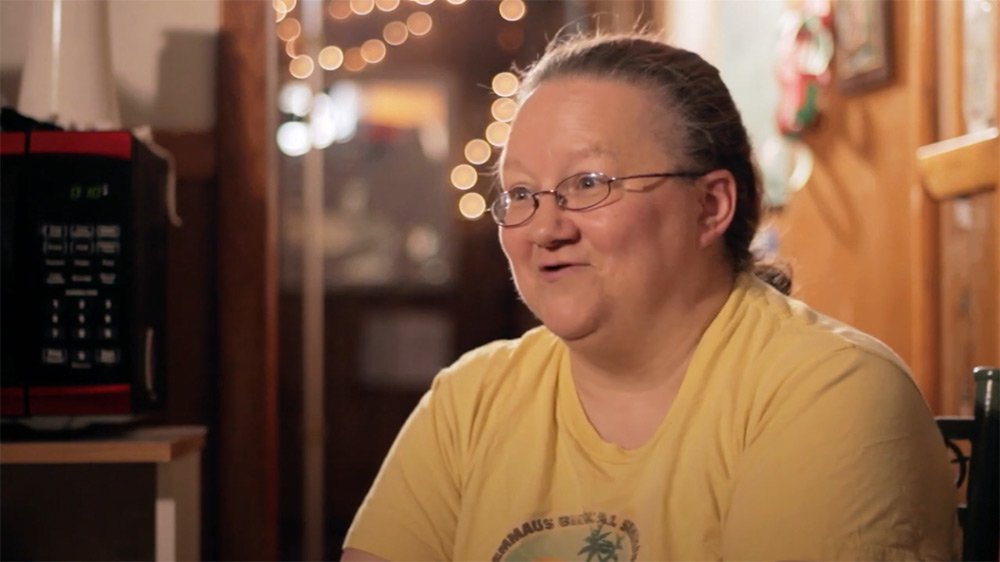
“We turned Gary’s basement into a mineshaft”
The story of W.A.V.E. is the story of how technology — video — can shape fandom in strange and sometimes entertaining ways. The creative team behind Mail Order Murder is William Hellfire and Ross Snyder. Hellfire is no stranger to SOV, having run Factory2000, his own custom shoot outfit in the late 1990s, as well as directing the controversial Columbine-inspired feature film, Duck! The Carbine High Massacre (1999).
Shooting on Mail Order Murder began in 2017 and was completed in 2020, after $9,000 was generated on the fundraising platform, Indiegogo. Hellfire estimates that production went $1,000 over that (“We were really trying to stay on budget!”). Here he talks about how and why Mail Order Murder came about.
HEADPRESS: What inspired you to make a documentary about W.A.V.E.?
WILLIAM HELLFIRE: I was posting [online] about a lost feature of mine, To Escape Bondage, and I got a response from Ross Snyder. He actually had an original homemade VHS which he bought off me at a Chiller Theatre convention. There may have been thirty in existence. Ross also had a VHS label called Saturn’s Core Audio & Video and offered to do a release. We became friends and I learned that he has one of the largest VHS collections on the planet, which included maybe sixty W.A.V.E. titles at the time! Ross and I just thought it was nuts that Gary [Whitson] of W.A.V.E. productions was still making movies in 2016 and seeing as I had worked for Gary in the 1990s, I thought he would probably give us access to the W.A.V.E. catalogue and agree to let us make a documentary — which he promptly did.
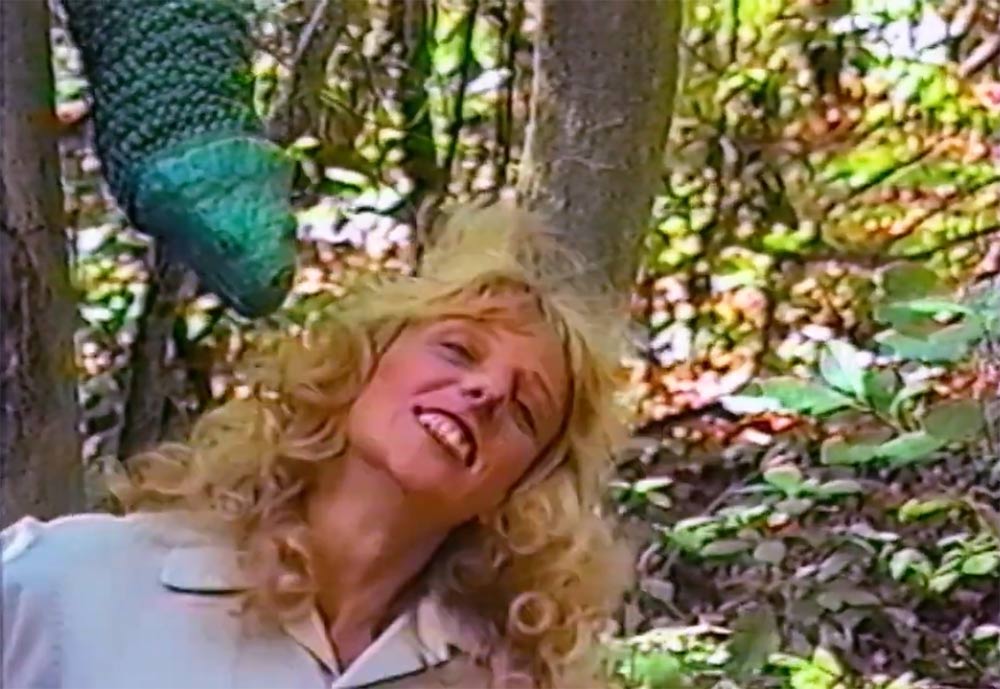
What impact did W.A.V.E. have on you as a filmmaker and consumer?
When I started working for E.I. Independent Cinema/Alternative Cinema magazine, I would borrow [and watch] some of the VHS that I was selling to video stores and just be astonished at how low budget and poor quality these films were. Before working there, I had only rented one SOV, [Christopher Lewis’s] The Ripper, and even though I was shocked by its music video quality, The Ripper still had a much higher production value than what I was seeing. I think the first W.A.V.E. title I watched was Psycho Sisters; my band Disco Missile had two songs on the soundtrack. Psycho Sisters is more elaborate than your average W.A.V.E. title. I think the first proper W.A.V.E. title I brought home was Dead in the Pool, a drowning fetish feature. Watching W.A.V.E. features was probably what gave me the bug to start making my own films, like… how hard can it be if people are not expecting more than Dead in the Pool?!
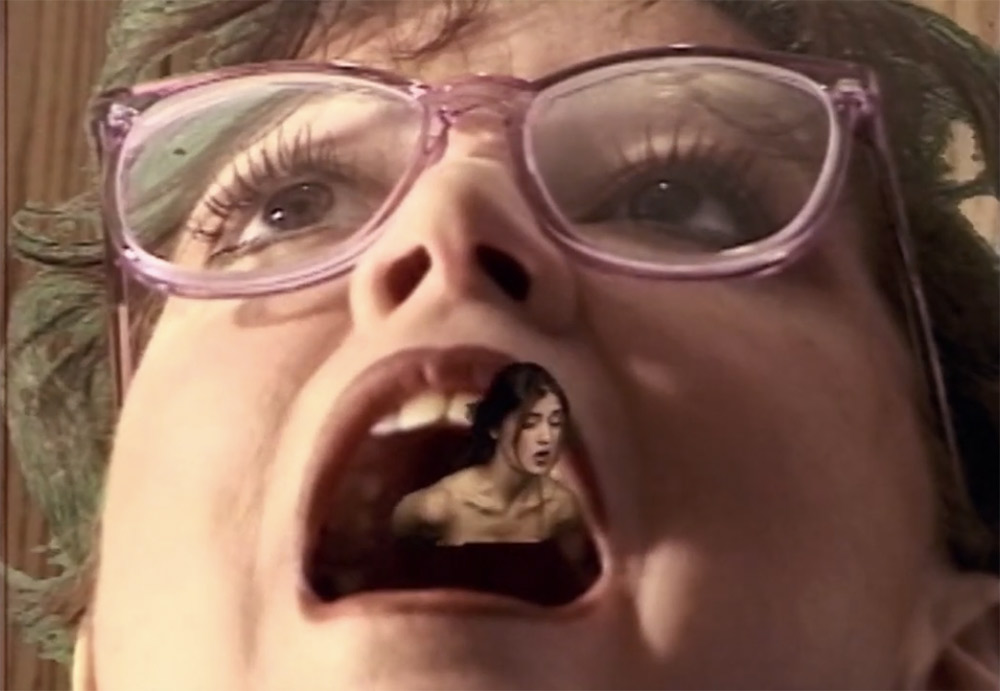
There’s still a market for W.A.V.E. What do you think it offers that other custom productions can’t or don’t?
I don’t really know if any other custom production companies still exist. Back in the 1990s there seemed to be a handful of regional companies. They would show up at conventions and have advertisements in Draculina and Scream Queens Illustrated magazines, but all that is gone now. The conventions look very different now, very few, if any indie filmmakers are pushing self-produced releases. So, it’s kind of strange when Gary tells me he is doing better than ever! I think Gary’s perseverance is what keeps W.A.V.E. going strong. He’s never taken a break. With every new release he’s finding new fans and new customers who want their strange horror fetish brought to life.
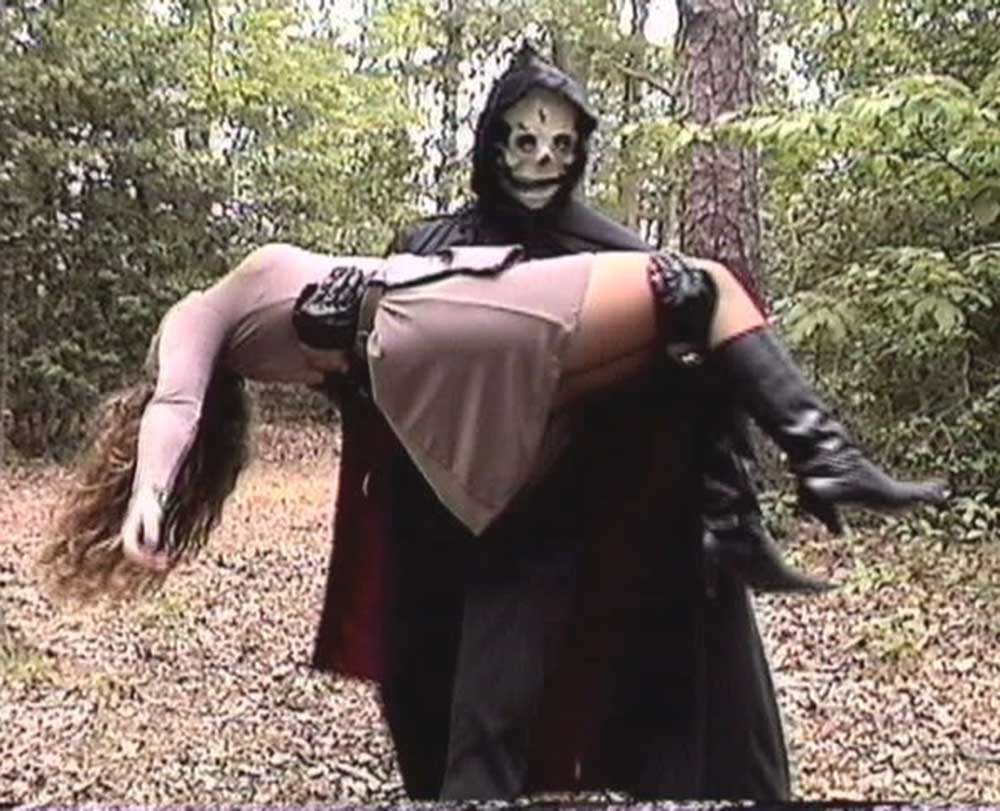
What is the place of W.A.V.E. today?
That is difficult to pinpoint. When I started making the documentary the horror film and VHS collector communities still hadn’t really known about W.A.V.E. There was a little VHS nostalgia and W.A.V.E. tapes were starting to escalate in price but that is a small niche community. There does seem to be a SOV revival on the rise. Off the wall or anti-cinema has definitely become an interest to the horror and cult movie crowd and I think a lot of SOV productions provide that thrill. Also, where W.A.V.E. is concerned, they have tons of fetish fuelled titles that satisfy the fetish community like no other feature can. You’re not going to find three ten-minute long strangulation scenes on a Netflix or Amazon show. There will not be a show solely produced to be a vehicle for scenes of women being sucked under quicksand topless.
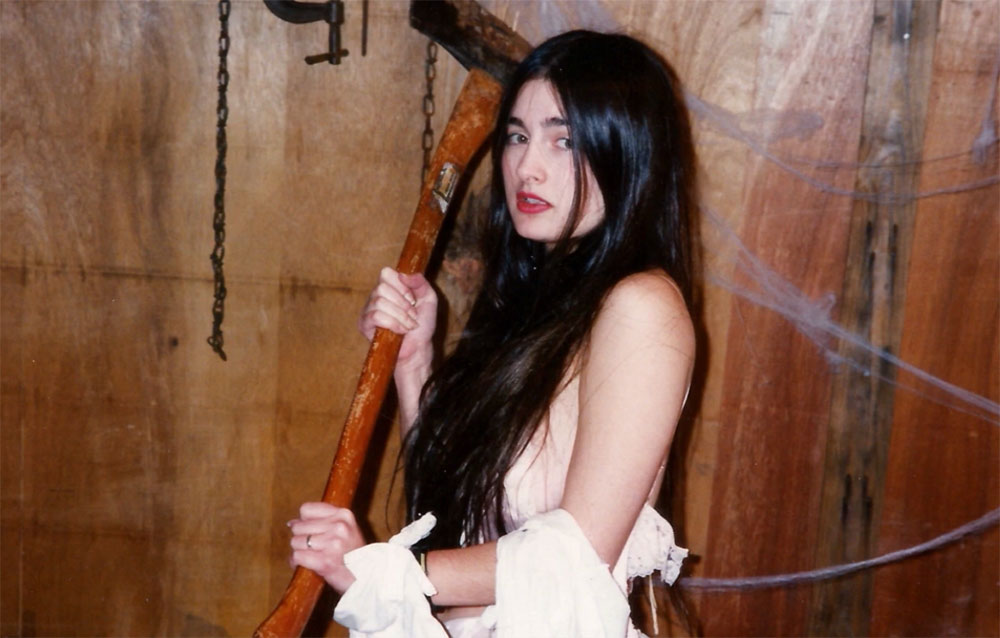
How important was W.A.V.E. to independent horror filmmaking?
I think, like in my own case, seeing W.A.V.E. features give anyone who ever wanted to make a film a boost to go and do it no matter their skill or budget. W.A.V.E. is inspiring in that way. W.A.V.E. is also on the opposite spectrum of most horror filmmaking. W.A.V.E. really occupies a universe all its own. There is little logic in the W.A.V.E. universe. It’s the logic of twelve-year-old boys at play in the woods. The logic of strangers with unfathomable fetishes, who like watching girls writhe in pain as specially [imagined] bullets that only penetrate one inch deep in the flesh are shot into their naked abdomens.
Do you know of any custom filmmaker who went on to ‘bigger’ things? Present company excepted.
Even though most of my features were only available via mail order I have had some of my custom movies, believe it or not, repackaged and distributed in brick-and-mortar stores. I think it is nuts to think you could have bought the Kinky Cannibal double feature at a store. Of course, cutting my teeth on the custom features helped me to realize passion projects such as Duck! The Carbine High Massacre, Devil’s Bloody Playthings and Upsidedown Cross. Pete Jacelone went on from directing Psycho Sisters to a feature film career as well as making custom homoerotic fetish films, which were very successful. He now has his own company, THR Productions, and is creating clips for download and streaming. More so than the filmmakers, a few of the W.A.V.E. actresses went on to do mainstream TV and film. For example, Tina Krause was in an HBO movie, Montana, and Misty Mundae was on the Showtime series Masters of Horror.
This might sound odd, given that video technology is integral to W.A.V.E., but could the custom shorts have happened at any other time? Prior to W.A.V.E.?
I don’t know of any custom-made movies being created before video cameras were readily available. I know that Gary got the idea for creating custom features from his own experiences making custom comic strips in the 1970s, so for all I know Gary may have been the first to make custom horror films.
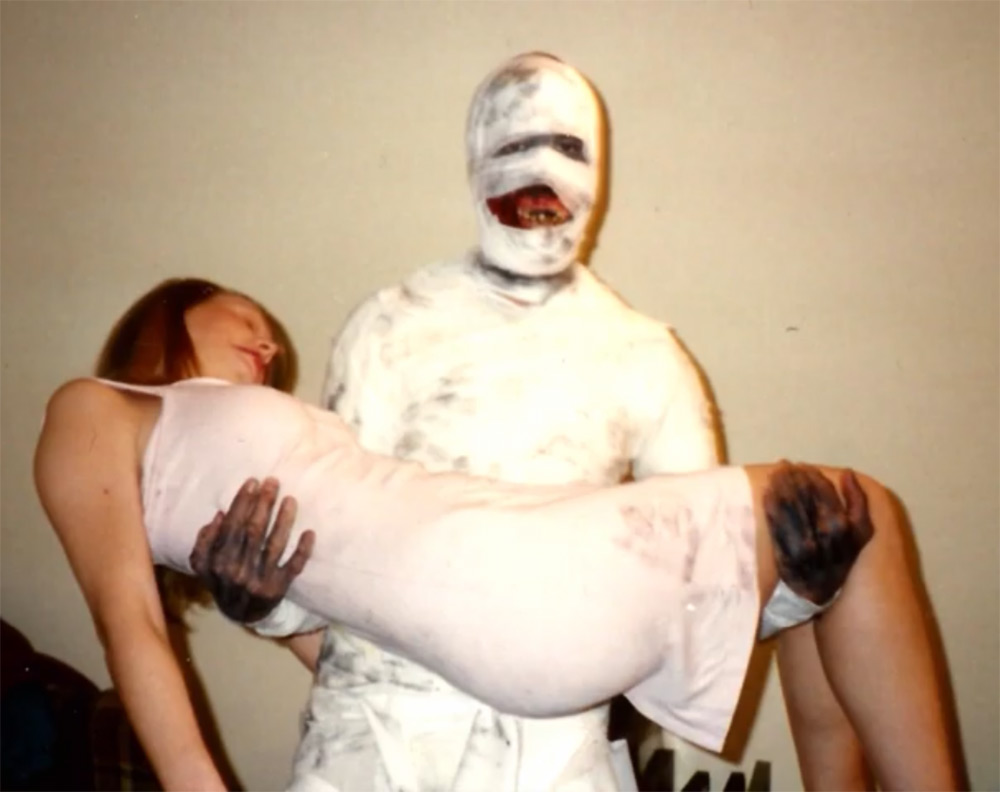
Name three favourite W.A.V.E. films.
Psycho Sisters is one of my favourites, but it was Directed by Pete Jacelone and has a very different spin on what W.A.V.E. generally is. This feature is about two sisters avenging their raped and murdered little sister’s death and all of mankind is the target. The majority of victims in W.A.V.E. movies are women. This film focuses on males as victims. The camera focuses on men being chloroformed, stripped, teased, tortured and then having their penises sliced off. It’s totally bonkers, features a rock soundtrack rather than the typical W.A.V.E. stock music and includes some delirious improv with Pam Sutch and Christine Taylor.
Sorority Slaughter is a mind boggling, brain damaged slasher about a guy sacrificing a woman to a demon named Radu. Sal Longo is unintentionally hilarious as the killer. This is the peak of 1990s W.A.V.E. features. Great cast — Dave Castiglione, Tina Krause, Pam Sutch. This was originally funded by a guy who wanted to see the actresses being carried. Yeah, that’s all: Carried around. So, Gary wrote the script around that fetish.
I have a soft spot for Danger in Blue. The W.A.V.E. version of a police procedural. It has female officers hunting for a serial killer in the woods, guns out, dressed in miniskirts and high heels. Totally my twelve-year-old vision of how serial killers need to be tracked down!
I think that is one of the reasons W.A.V.E. is so endearing. This playful lack of reality. Most cinema tries to recreate life as we know it, but W.A.V.E. movies throw away that convention, mostly because it’s too inconvenient to go through all that trouble. It’s much quicker to have the female officers stalking around in the woods with their guns out. Why dress them in slacks when high heels and skirts look better?
Mail Order Murder: the Story of W.A.V.E. Productions
2020 1hr 37min
Directors/Writers: William Hellfire, Ross Snyder
[*] All quotes taken from interviews in Mail Order Murder: the Story of W.A.V.E. Productions.
-
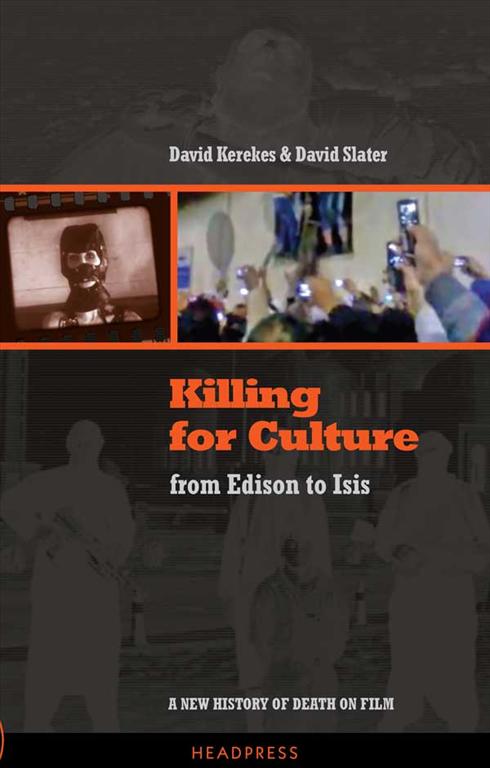 Killing for Culture£9.99 – £39.99
Killing for Culture£9.99 – £39.99
David Kerekes
Like this article?
Related Posts
Comments
Copyright © Headpress

